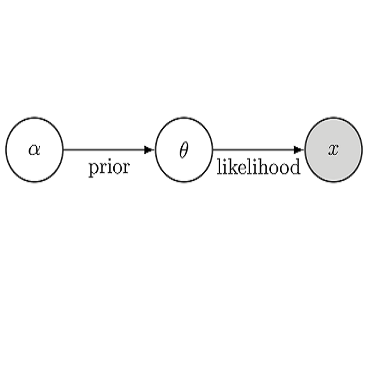Outages from natural disasters, political events, software or hardware issues, and human error place a huge cost on e-commerce (\$66k per minute at Amazon). While several existing systems detect Internet outages, these systems are often too inflexible, with fixed parameters across the whole internet with CUSUM-like change detection. We instead propose a system using passive data, to cover both IPv4 and IPv6, customizing parameters for each block to optimize the performance of our Bayesian inference model. Our poster describes our three contributions: First, we show how customizing parameters allows us often to detect outages that are at both fine timescales (5 minutes) and fine spatial resolutions (/24 IPv4 and /48 IPv6 blocks). Our second contribution is to show that, by tuning parameters differently for different blocks, we can scale back temporal precision to cover more challenging blocks. Finally, we show our approach extends to IPv6 and provides the first reports of IPv6 outages.
翻译:由于自然灾害、政治事件、软件或硬件问题以及人为错误造成的外差,给电子商务造成了巨大的成本(每分钟亚马逊州66k美元 ) 。 虽然几个现有系统探测到互联网断流,但这些系统往往过于不灵活,在整个互联网上都有固定参数,而CUUUM式的变化检测。我们建议使用被动数据系统,涵盖IPv4和IPv6, 并针对每个区块定制参数,以优化我们贝叶西亚推论模型的性能。我们的海报描述了我们的三大贡献:首先,我们展示了定制参数如何经常探测出既处于精细时标(5分钟)又处于精细空间分辨率(24 IPv4和48 IPv6区块)的断流。我们的第二个贡献是表明,通过不同区块的不同调整参数,我们可以将时间精确度缩放到更具挑战性的区块。 最后,我们展示了我们的方法延伸到IPv6,并提供了IPv6断流出的第一批IPv6报告。



